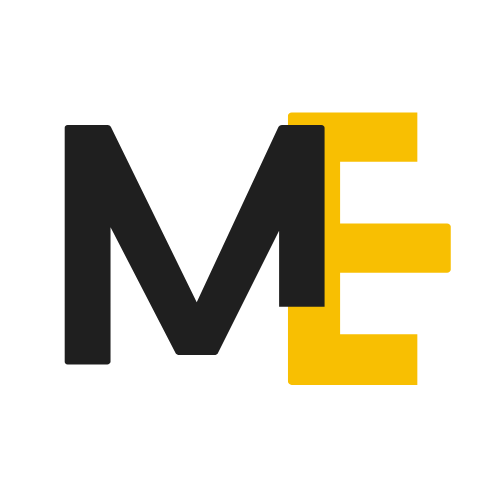8 Simple Principles to Model Inclusive Language
When organizations use inclusive language, employees are more likely to feel valued and motivated by their employers. Inclusive language helps employees feel that the organization cares about them as people, rather than just as workers. But where should an organization start? The ModelExpand team and industry leaders from Google, Anaplan, RespectAbility, and MSNBC/NBC shared eight starting principles on how to model inclusive language:
key takeaways and Resources
Key takeaways For Practicing Inclusive Language:
Empower Employees to Guide What is Considered Inclusive Language: Language is constantly evolving and changing with the times. The best thing organizations can do is give agency to their own employees to decide what language they’d like to use in their organization. For example, if debating usage of “women or womxn” or “Latinx or Hispanic” - the final recommendation should come from employees who come from these communities. It allows them to influence the company culture in a way that reinforces a sense of belonging.
Consider Global Nuances: Terms such as BIPOC (Black, Indigenous, People of Color) or POC (People of Color) are US-centric. For the UK, the focus is on BAME (Black, Asian, and Minority Ethnic). When using language in global organizations, it’s important to recognize that there are sociocultural differences by region and to adjust communications accordingly.
Be Specific: Avoid acronyms whenever possible. For high-level items, it may be unavoidable but make an effort to be specific. If you are speaking about a certain demographic, say it. Is the organization implementing strategies to help improve the retention of Black employees? Is the goal to adjust policies to better support trans employees? The more specific we are, the more we are showing that we are seeing and recognizing different experiences.
Avoid Assumptions: As much as possible, avoid assumptions. As one participant at a recent event wrote, “One of my biggest frustrations is the use of "mother/father" and "wife/husband." We often assume someone is married to someone of the opposite gender.” (Alternative language when you're not sure? Parent and partner, respectively.) As much as possible, focus on what you know about colleagues or candidates, and check assumptions. Using neutral language helps give space for others to share more about themselves and allows us to not perpetuate dominant norms.
Give Yourself Grace: The key here is to try. As Global DEI Lead Maurice Wiggens explains, “Not trying is more obvious and harmful than trying and making mistakes.” If we don't intentionally try to use inclusive language, then we are unintentionally excluding people. This is true, especially for leaders. ModelExpand’s research shows that leaders who model inclusive language - including the humility and vulnerability of making mistakes - have a cascade effect on the rest of their leaders. We will all get things wrong - and that’s ok as it’s part of the process. The most important thing is to try. Making the effort, learning, and doing better creates progress.
Accountability - Consider “Calling In” versus “Calling Out”: If you hear something off, there are various ways to address the issue. “It’s about how you say it and when you say it,” explains Sherika Ekpo, Chief Diversity Officer at Anaplan. “Find a way to call in but in a way that people aren’t offended - use it as a learning opportunity. We need to always be learning.” Accountability is where allyship comes in as well. If you notice a leader/colleague constantly mispronouncing a colleague’s name or mixing them up with someone else, for example, that’s an opportunity to speak up and correct the issue as an ally.
Be Open to Feedback: “I try to create an environment where people feel comfortable calling me in,” explained Lauren Appelbaum, VP of Communications at RespectAbility. A feedback culture is a necessary ingredient for inclusive language to thrive.
Measure Impact: Engagement surveys can be powerful for quantitative data. It’s also powerful to include stories, narratives, and qualitative research. DEI requires a human-centered approach.
Resources for Practicing Inclusive Language:
Hear from industry leaders
Above all else? Remember that language changes with time. While these are the frameworks to think about now, the most important ingredient to inclusive language is to constantly be listening, learning and evolving.
ModelExpand is a diversity, equity, and inclusion consulting firm focused on radically accelerating the presence of historically underrepresented people in the workforce. ModelExpand’s work has been featured in Harvard Business Review, Forbes and CultureAmp. Need support embedding Diversity, Equity and Inclusion within your organization? Contact us below.

